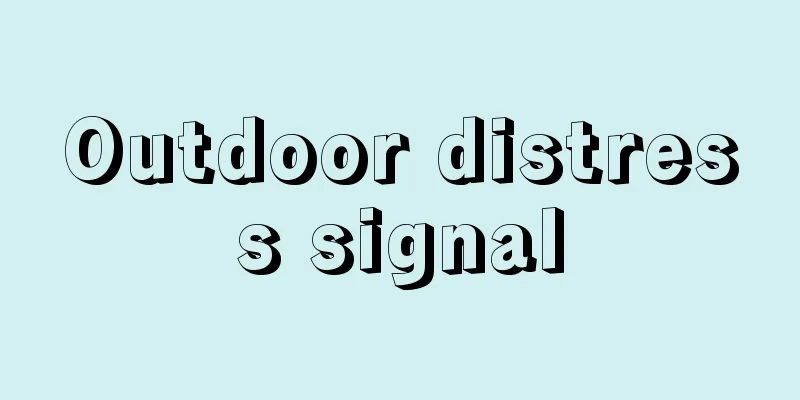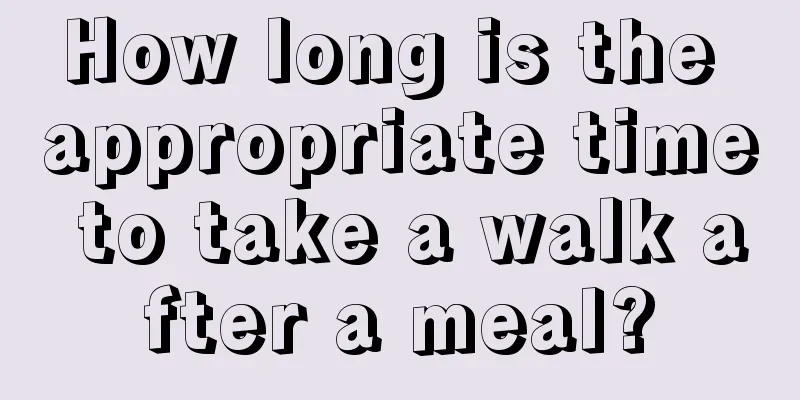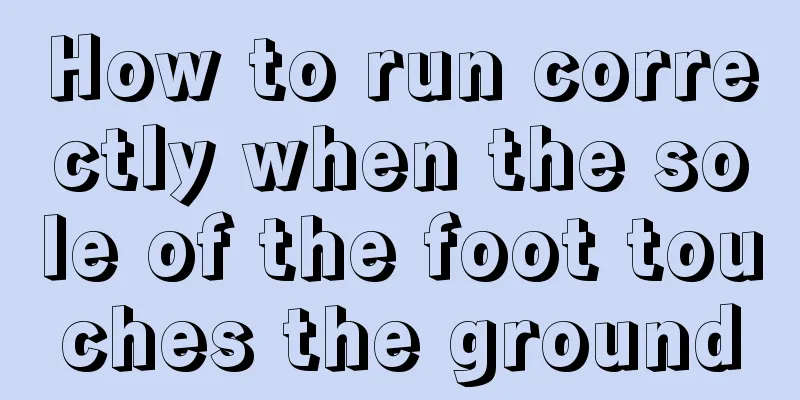Outdoor distress signal

|
When in distress and seeking help, you should get in touch with others through various means. The signal sent must be loud enough to attract people's attention. At the same time, different distress signals should be sent out according to one's own situation and surrounding environmental conditions. Generally speaking, an action repeated three times symbolizes seeking help.
Fireworks Lighting three fires is an internationally accepted distress signal. Ideally, the fires should be arranged in a triangle with equal spacing between each fire, which also makes it easier to ignite. If fuel is scarce, or you are seriously injured, or too weak due to hunger to build three fires, you can just light one fire with whatever you have. Remember, sometimes it is not possible to keep all the signal fires burning all day. In this case, you should always be ready, keep the fuel dry, and light them as soon as possible to call for help if any aircraft passes by. The fuel for the fire must be easy to burn and burn quickly once ignited, because some opportunities are fleeting. Birch bark is an ideal fuel. If conditions permit, you can use gasoline, but do not pour gasoline on the fire. Use some cloth to make a wick, soak it in gasoline, and then place it on the fuel pile. Move the gasoline can to a safe place and then light it. When adding gasoline when the fire is about to go out, make sure to add it to fuel without sparks or embers, otherwise the explosive flames will hurt yourself. During the day, smoke is a good locator. Adding some green grass, leaves, moss and ferns to the fire will produce thick smoke. When the thick smoke rises into the air, it forms a sharp contrast with the surrounding environment and is easy to attract attention. In fact, any damp things will produce smoke. Wet straw mats and cushions can be burned for a long time, and it is difficult for flying insects to get close and hurt people. You can put some dry firewood at night to make the fire burn more vigorously and get higher. Additionally, black smoke is most noticeable over snow or in the desert. Rubber and gasoline can produce black smoke. If the smoke can only float near the ground due to meteorological conditions, the fire can be intensified so that the warm air flow rises more vigorously and carries the smoke to a considerable height.
Body signal When the search aircraft is getting closer, people will wave their hands vigorously, with clothes that have a sharp contrast in color with the surrounding environment, to express that they are in distress. Flag Signal Tie a flag or a piece of brightly colored cloth to a wooden stick. When holding the stick, make long strokes on the left side and short strokes on the right side, increasing the amplitude of the movement and making "8"-shaped movements. If the two parties are close to each other, there is no need to do the "figure 8" movement. A simple stroke will do: one long stroke on the left side and one short stroke on the right side. The former should take slightly longer than the latter. Sound signal If you are close, you can shout loudly or knock on the tree trunk with a wooden stick. The life-saving whistle will be more effective. Three short, three long, and then three short. Repeat after 1 minute. Reflective signal The signal light can be emitted using sunlight and a reflector. Any bright material will work: a can lid, glass, a sheet of platinum, or even a mirror. Continued reflection will regularly produce a long line and a dot, a type of Morse code. Even if you don't understand Morse code, a casual reflection can still be eye-catching. At least know the SOS code. A reflected light signal can be detected even at considerable distances, and even if you don't know the location of the person you are trying to contact, so it's worth trying, and it's a piece of cake. Look around the sky carefully, and if there is an approaching aircraft, quickly reflect the signal light. This light may dazzle rescuers, so once you are sure you have been spotted, you should stop reflecting light immediately. Ground sign signal Ground signs can be made on relatively open ground, such as grass, beaches, and snow. For example, you can cut the grass into a certain pattern, or step on the snow to make a distress sign, or use branches, seaweed, etc. to form a signal to get in touch with the air. The ground-to-air communication symbols uniformly specified by International Civil Aviation Organization can also be used. Remember these words: SOS (send), SEND, DOCTOR, HELP, INJURY (injury), TRAPPED, LOST, WATER.
Leave a message When leaving a dangerous area, leave some signals for rescuers to find. Ground beacons let rescuers know where you are or where you have been, and directional indicators help them find your path. Keep leaving signs along the way. This will not only allow rescuers to track you down, but will also keep you from getting lost when you want to return - if you lose your way and can't find the route you want to take, it can serve as a guide. |
<<: Netizens summarize outdoor knowledge: fatigue protection and physical recovery
Recommend
What are the exercises for the pectoralis major muscle?
Having perfect and firm pectoral muscles should b...
Four secrets for men to build beautiful muscles
1. Two major factors for forging beautiful muscle...
How to do Qu Limin Health Qigong
With the continuous progress of society, people a...
What are the benefits of practicing yoga after childbirth?
Pregnant women need a recovery period after givin...
Chest handstand training method
In the process of learning dance, we always have ...
Can I run at night?
With the progress of society and the improvement ...
Is jogging every day effective for losing weight?
Many people pursue a beautiful body shape. Any ge...
Can squats slim your legs?
In recent years, squats have become a popular exe...
How to do Pilates exercises to slim your waist and abdomen?
With the improvement of modern living standards, ...
What is the sit-up improvement method?
Everyone must be familiar with sit-ups. We have b...
Office exercise methods
Staying in the office for a long time makes you f...
How to slim down inner calf muscles?
How can we slim down the muscles on the inside of...
The most popular "sports" in college, if you don't know it, you'll be out of date
University campuses have never rejected fashion a...
Running is the best way to lose weight
Running is a common sport for the general public....
Why does urine leak when jumping rope?
Rope skipping is an exercise that many of us ofte...









